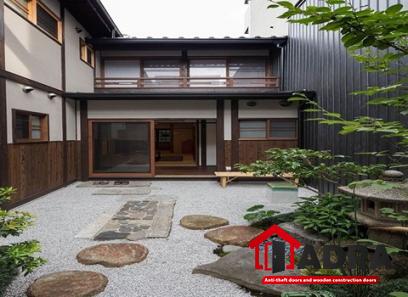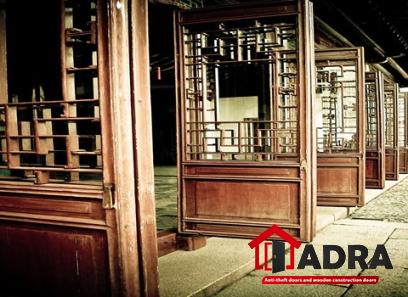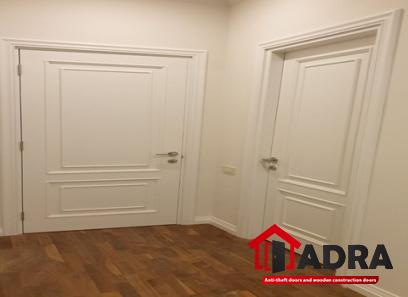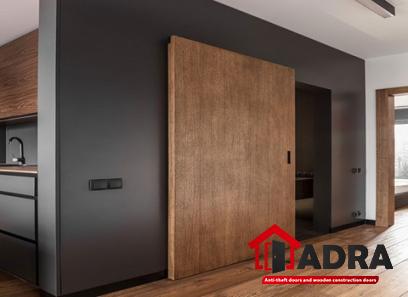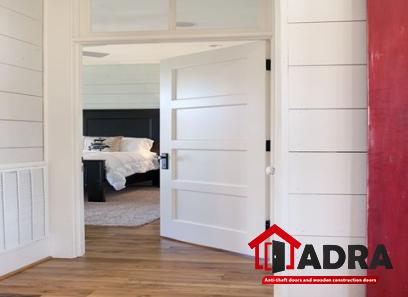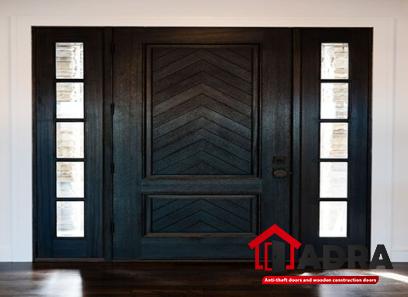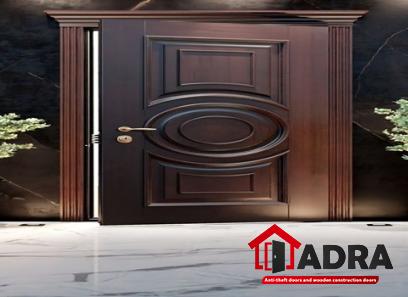Paint finish interior wood doors
The color scheme of your house might be much improved by painting the doors and trim recently
I can say this with certainty since my entryway has doors and trim in two distinct hues
I took the carpet out of my foyer staircase over a year ago, stained the treads a wood tone, and painted the risers white
This made a significant improvement to the space, but it also increased my list of things to paint
It took a few coats of white paint to match the steps on the doors and baseboard in the room, which were painted, Antique White
It took me some time to complete the assignment, but this past weekend I was able to cross it off my list

In most cases, you begin with the frame or casing and work your way up from the inner bottom, across the top, and then down the opposite side
The main door is the room’s entrance and exit, so if you’re painting the room’s walls as well, paint it last
In this manner, the freshly painted finish may cure undisturbedly
Apply the second layer once the first coat has dried, sanding any necessary areas
Remove any painter’s tape that was used to conceal the knob and locks after the second coat has been applied
The white risers and balusters on the staircase in my foyer now match all the doors and trim
It appears a lot better
For application guidelines, consult the safety data sheet and product label
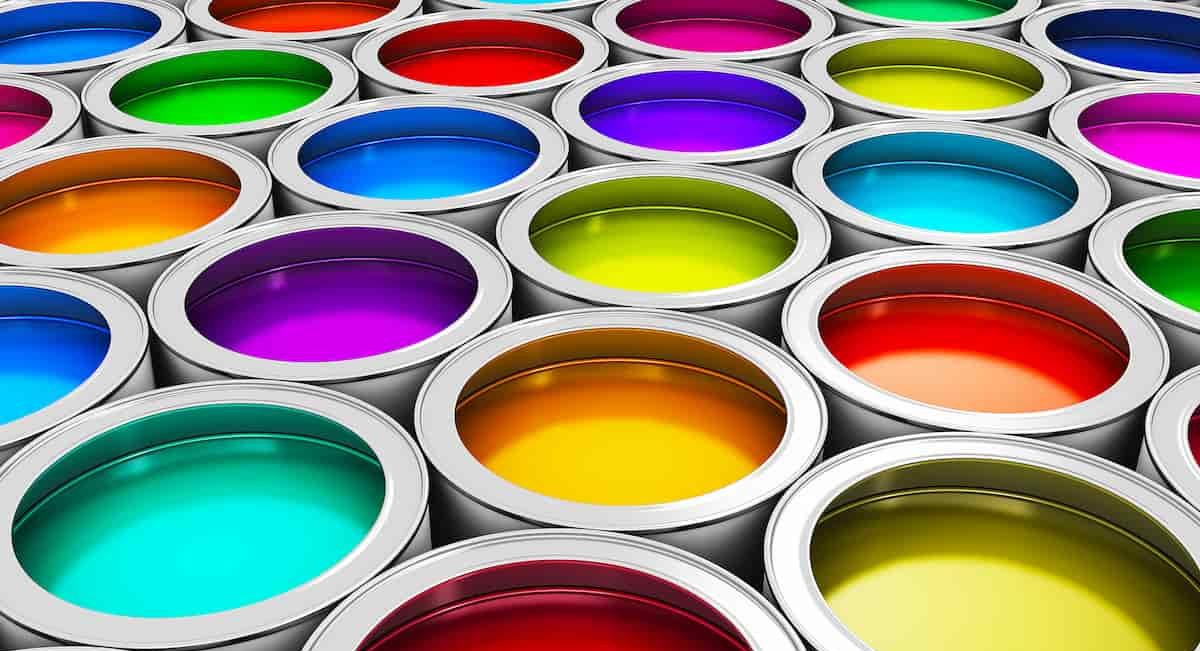
Water based paint for interior doors
You would reasonably believe that all you need to do to start the endeavor while gazing at naked walls in a room that needs painting is choose a new color
But in reality, selecting a hue is secondary to a less well-known but equally significant task: selecting the appropriate kind of paint for your purposes
Whether a paint is oil-based or water-based, for example, may have an effect on how well its color sticks to a surface and changes over time
In order to refresh a space with long-lasting effects, it is crucial to consider these pre-painting factors
But don’t worry, you won’t be managing this by yourself
Joey explained things to consider while selecting the best paint for your project and what would make the whole process a lot simpler to handle
“Water-based paints, often known as latex paints, are made up of a pigment and a binder, with water acting as the carrier,” says Joey
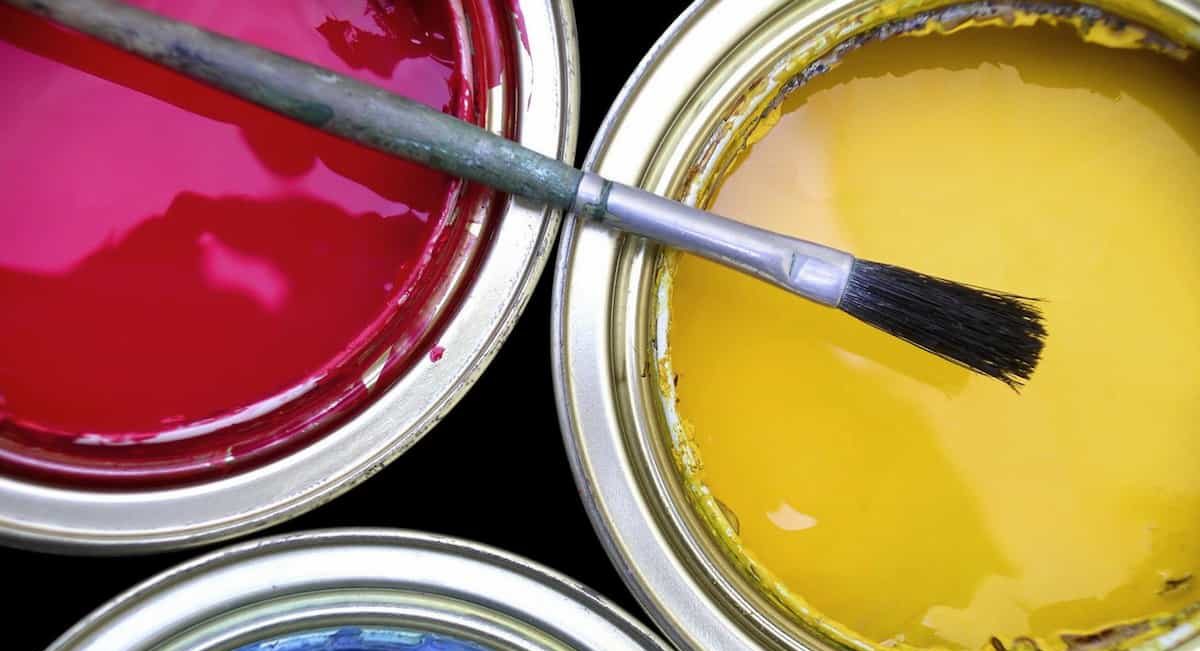
They are the most popular and ecologically friendly kind of paint
They dry more quickly than alternatives, emit fewer scents, and provide excellent color retention over time
Last but not least, water-based paints may normally be applied on top of oil-based paints, but the contrary is not usually true
Joey advises using water-based paints for interior walls that see a lot of moisture, such as kitchens, bathrooms, laundry rooms, and mudrooms since they maintain their color longer than alternatives
Water-based paints are also available in a variety of finishes and are washable with soap and water
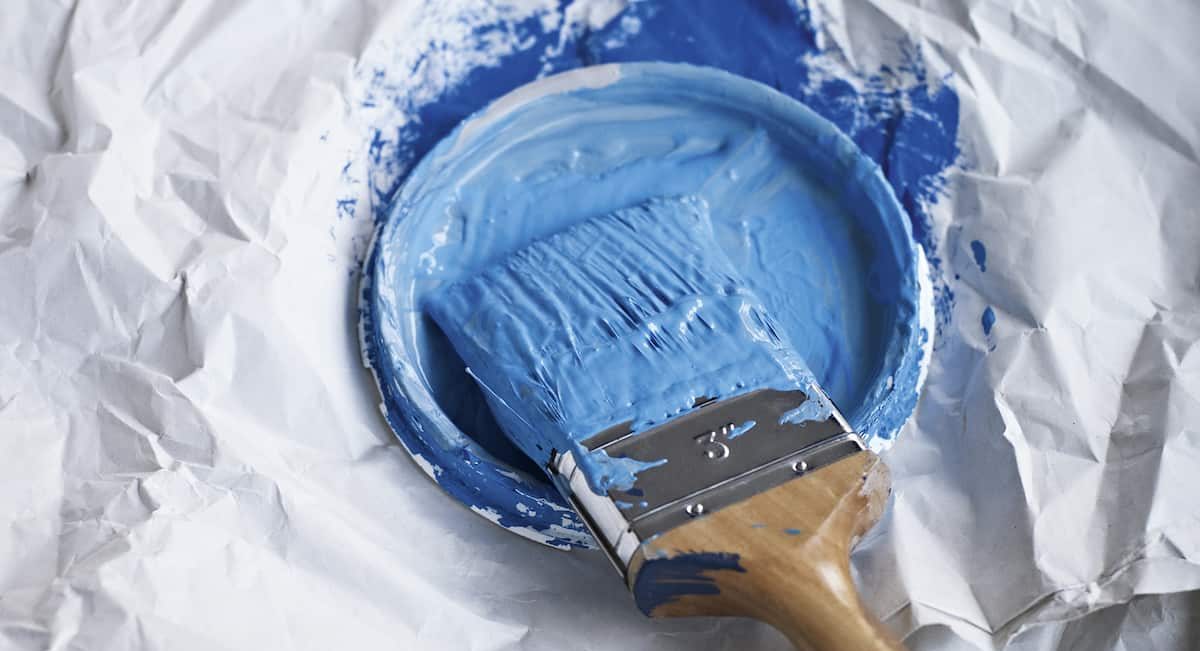
Oil paint for doors price
You have to consider factors like time and price when you shop for buying oil paint doors, keeping them hanging in the frame saves time compared to pulling them down
Additionally, because it’s elevated, you can paint the sides and edges simultaneously
However, if you’re using oil paint, you’ll need to hold the door open for a while
Additionally, if the door is vertical, you run the danger of obtaining drips and sags in your paintwork
It works better when you take it down and lay it flat
Additionally, by doing this, brush strokes may level out
Oil-based paint generates a variety of volatile organic chemicals that are bad for the environment when it dries
Since mineral spirits or paint thinner must be used instead of water for cleanup, the paint is often sloppy and pungent
The biggest problem with oil-based paint is that it’s becoming harder and harder to find

Oil-based paints may include synthetic alkyd or natural oils like linseed oil
They are made up of a pigment and a resin in a thinner solvent
The thinner evaporates, leaving behind a hard covering made of resin
For any surface where the finish must last for a long period and the color won’t be often changed, painters should use oil-based paint
Oil-based paints are excellent for moldings and trim because of their exceptional durability and ability to resist frequent touch
Additionally, this choice resists stains and rust over time because the resin in an oil-based paint generates a hard, impermeable layer that is not breathable
But oil-based paints need more time to cure and have a greater smell than water-based paints
For any oil-based endeavor, I advise keeping turpentine, mineral spirits, and paint thinner on available
These tools may aid with brush cleaning after a job
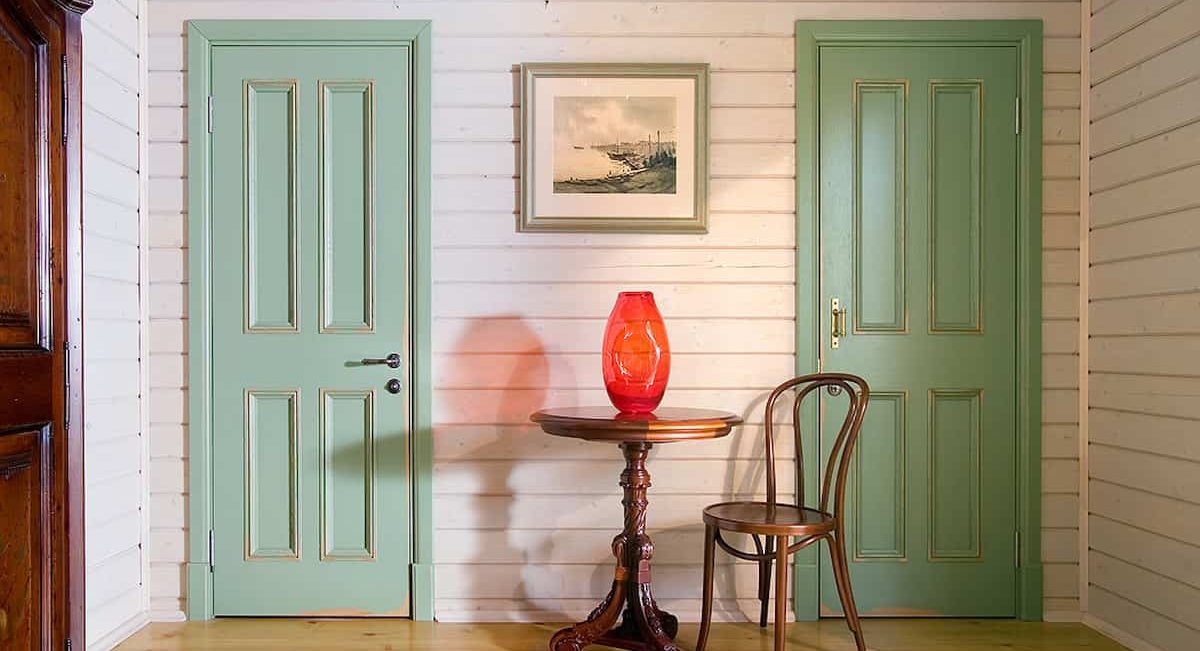
Best wax for wood doors
Polishing your wood doors with the best wax types may give them a lovely, silky, and smooth surface while bringing out the inherent beauty of the grain for you
Wax has a lovely appearance that is shinier than gloss
It can be re-waxed as often as you’d like, buffing it until the desired sheen level is achieved or not buffing it at all if a low sheen is desired
When the wax is initially applied, it could give your door a somewhat darker appearance, but as the wax dries, it tends to become lighter
Prior to application, the door must be thoroughly cleaned, smoothed, and all dust eliminated
If a natural appearance is not necessary, the door might be stained before being waxed
It is advised that you apply at least 3 to 4 coats of wax to give the door the necessary level of wax to help maintain its appearance
When applying wax, always work along the grain, massaging the wax into the wood
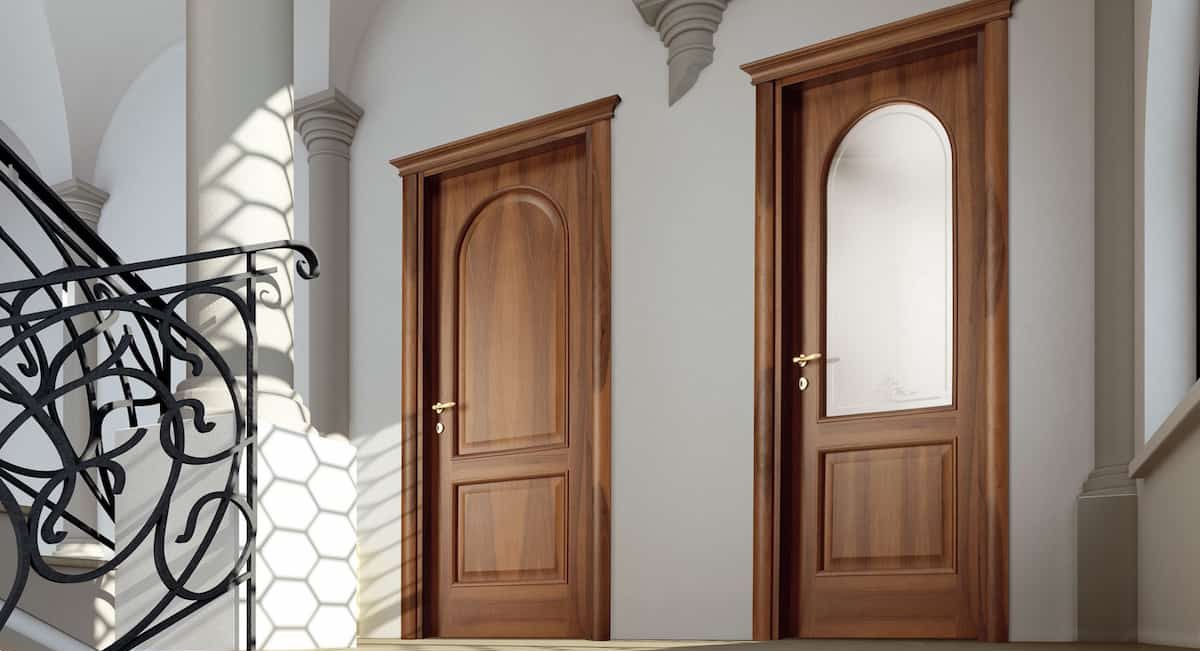
Once the wax has dried, you can buff it up to the required sheen
The majority of the time, the wax may be used to cover a scratch or damage on the door
To apply the wax, always clean and tidy the affected area
Warmer temperatures will cause the wax in the tin to soften and possibly become liquid; the wax will not be harmed, but caution must be exercised when opening the tin
Scoop up some of the wax with a soft cloth, and begin massaging it in a circular motion into the wood
After giving it some time to dry, begin buffing the door along the wood’s grain with a clean rag
Waxes can also make your door smell good
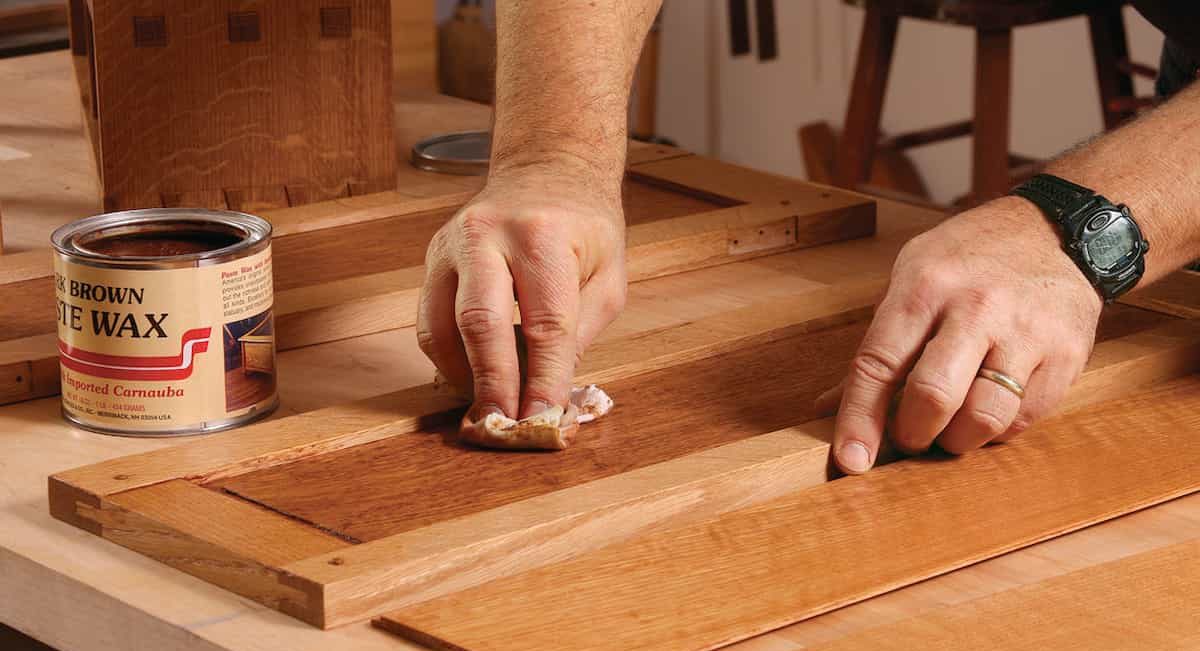
Wooden door varnish
The attractiveness of your wooden interior door may be preserved and extended using varnish on it
The varnish might flake and chip if it is not applied correctly
Our simple, step-by-step instructions will help you get a reliable, expert output
To shield the ground from any loose varnish, lay down a tarpaulin or laminated dustsheet
Ventilation is provided by opening a neighboring window
The door knobs, any hooks, or other hardware should next be unscrewed and taken off using a screwdriver
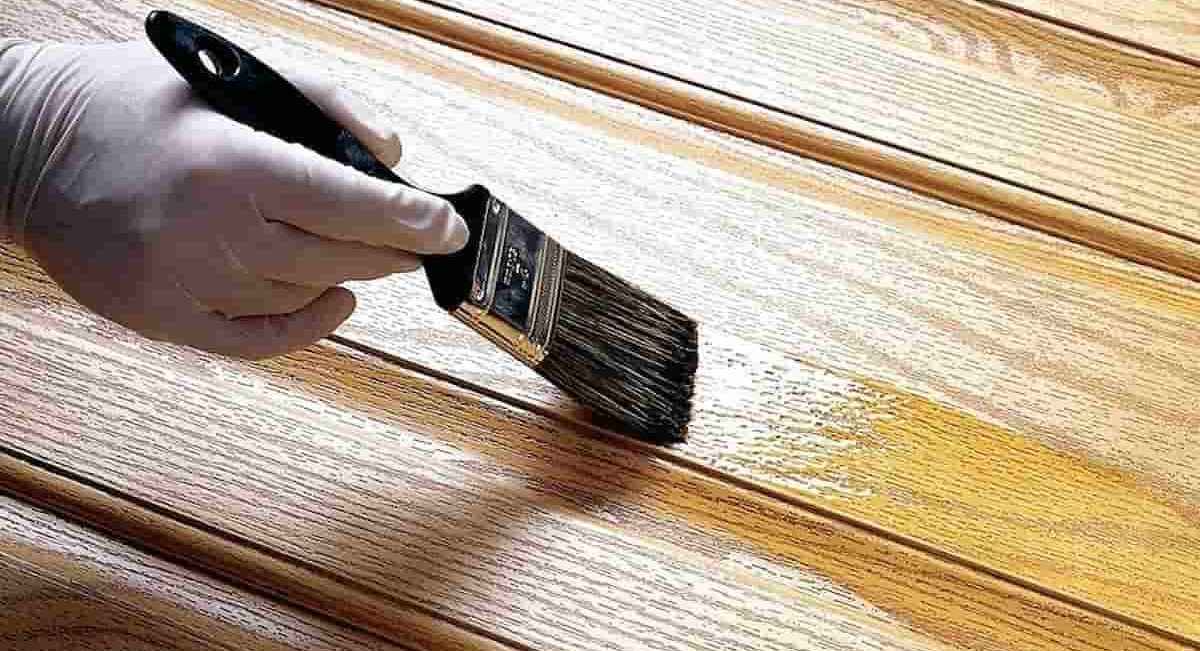
The door should be stripped down to its raw wood, or as near to it as is practical, for the best effects
Remove any flaking varnish or paint immediately
For assistance with this, go to our tutorial “How to Strip Paint
” Fill any large scratches, holes, or missing molding pieces using a plastic wood filler in a complementary hue
Next, using fine sandpaper and working with the wood grain, smooth off the surface
After wiping away any remaining dust with a moist towel, let the door thoroughly dry
Simply begin varnishing a flat door from the top and work your way down
For the finest finish on a paneled door, varnish the panels in the designated sequence
Brush an even layer of varnish over the surface while wearing protective gloves
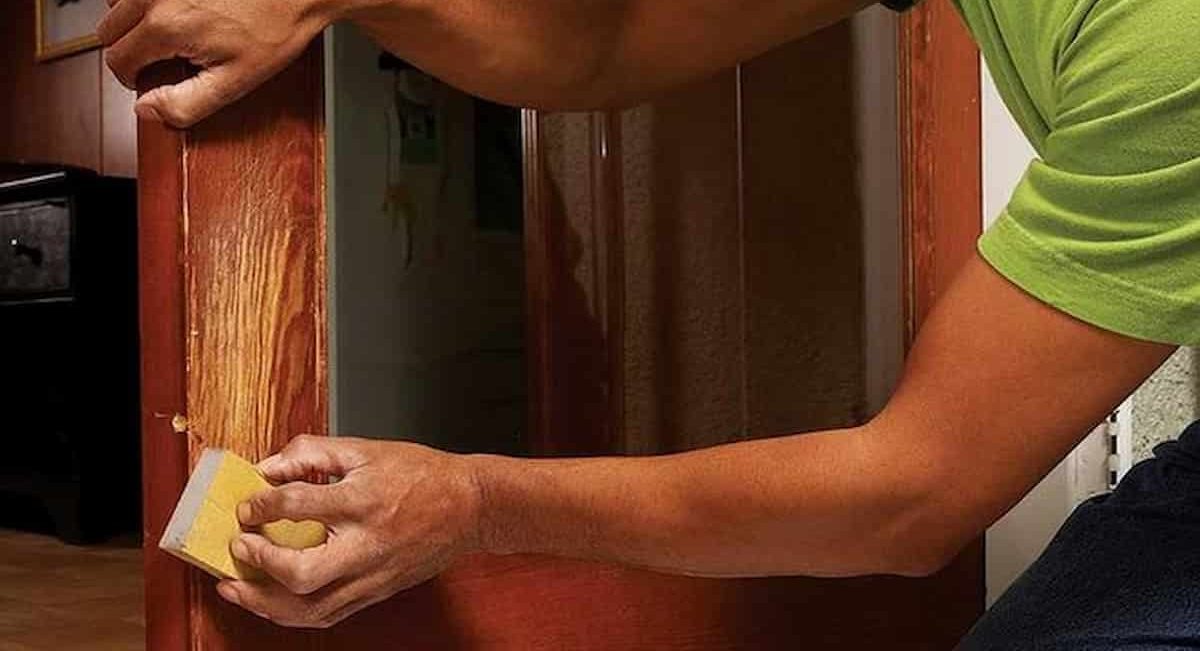
Allow each layer to dry completely before using fine sandpaper to smooth off any rough edges or varnish pockmarks
This will also make the subsequent coat adhere better
Before applying the next coat, wipe away the dust with a moist cloth and let it dry
Depending on the level of finish desired, two to three coats of varnish ought to be plenty
Reattach any remaining hardware, including door knobs, after the varnish has fully dried

Lacquer interior doors
A brand-new lacquer kind of interior door needs expert workmanship
It requires human work and is not manufactured
There are many different kinds of lacquered doors, but the ones that are white and have inlays are the most common
Wood can be used to create lacquered doors
Or other materials, such as laminate, in all of which circumstances a painted finish is applied
Although many other colors are feasible and can be selected, white is the color of choice
CNC machines are used for their design and shaping
then finished with hand effort in specialized polishing facilities
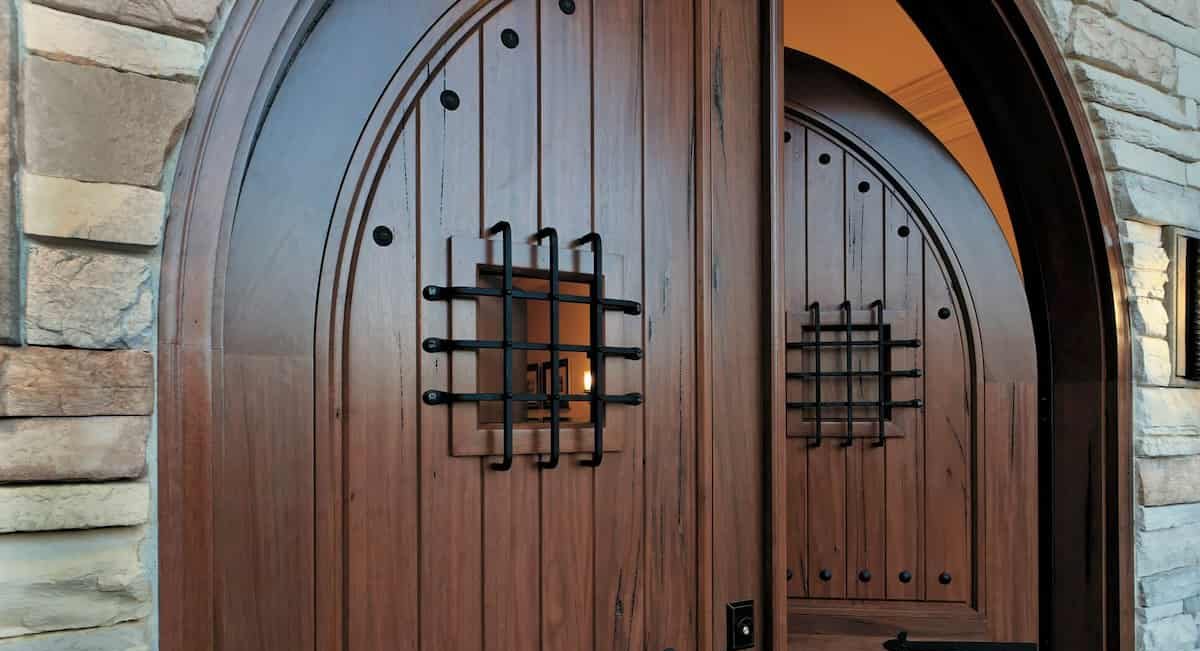
White is often selected
This white shade might have inlaid gold on top
Since it is chosen above other door kinds, the height
And is often employed in opulent designs
Modern designs provide for the possibility of different colored doors
However, only white doors with inlays are permitted for traditional and avant-garde designs
This kind needs specific maintenance and is less resistant to blows
Although difficult to maintain, they increase the value of the space where they are utilized
The lacquer technique is also applicable to hinges
There are two different manufacturing styles for lacquered doors: those with and those without glass
The versions without glass are more prevalent
The element, such as the hinges, knobs, or other metal ones, should be corrosion-resistant
since any problem with them will directly impact the whole door

Additionally, these doors need unique assembling expertise
They are also more difficult to handle than the other sorts
The doors are lacquered and have unique characteristics
Compared to the other varieties, and are quite helpful
What factors will influence people’s decisions inside doors? “Fancy, comfort, and performance” would be the reply
In addition, maintaining cleanliness, health, hygiene, and a long lifespan are additional crucial characteristics
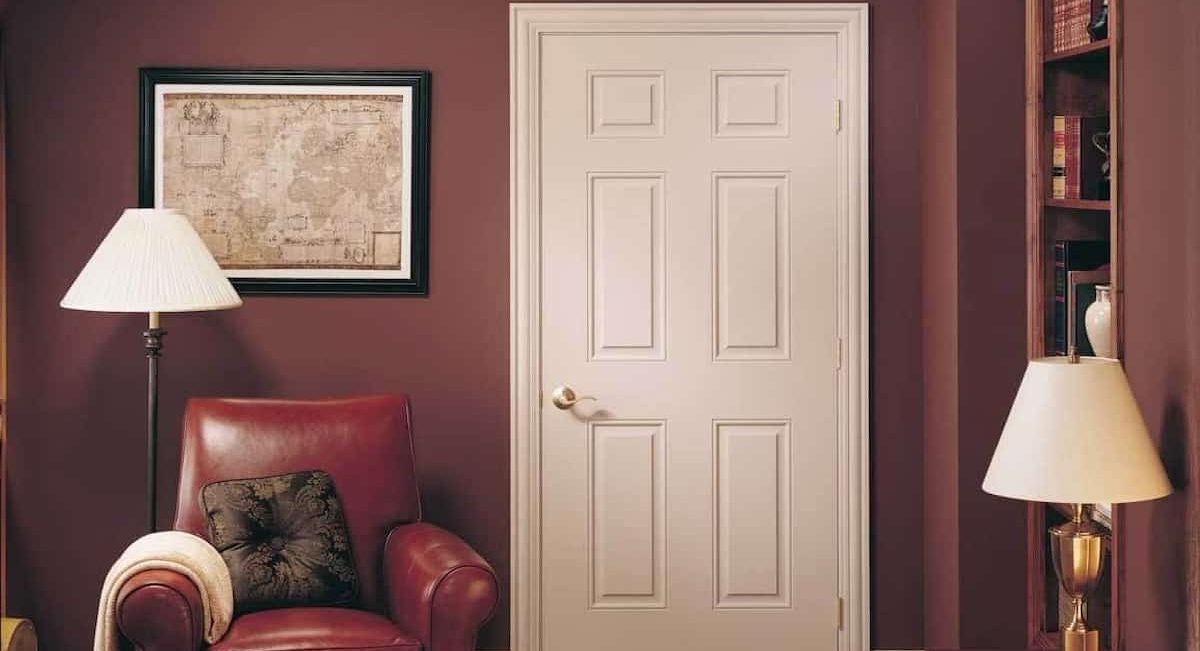
Best finish for interior wood doors
The Interior architecture, material, composition, best finish types, and construction details of wood doors have changed for sake of good significantly over the last ten or more years
When building doors, solid wood, which was originally the only material available, is often replaced with MDF, fire-resistant composite, honeycomb, or expanded paper core
The advantages of these newly developed engineered wood products include cost savings, increased production effectiveness, and the ability for producers to produce superior doors
However, we still like to have a high-quality clear wood finish on the visible face of an interior door
The overall look of a door face includes qualities like color, and light and dark values, but the grain and veneer characteristics are often the most significant aspects of transparently polished wooden doors
When choosing the appropriate finish for inside wood doors, particularly for a commercial project, durability is often the most important factor
A finish’s resistance to water, chemicals, solvents, scratches, and heat is a good indicator of how long it will last
If exposed to water, wax, shellac, and lacquer finishes may suffer damage
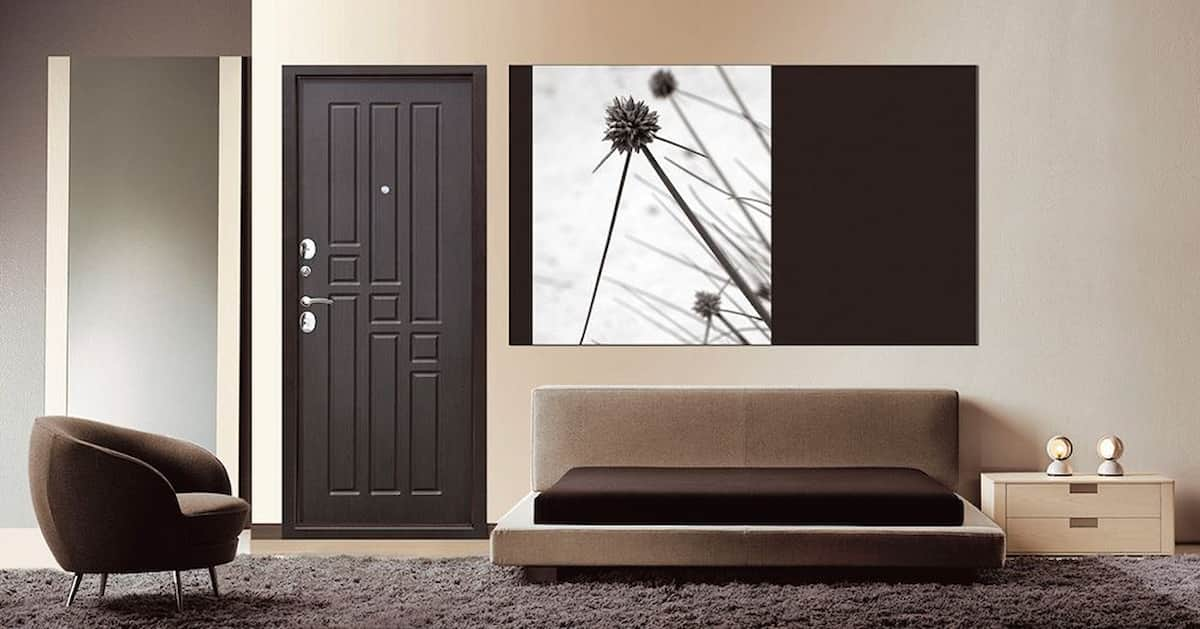
These finishes are also prone to scratching
The most durable finish out of all of them is often a chemically cured finish like catalyzed lacquer, urethane, or conversion varnish
There are requirements for interior wood door finishes in the Architectural Woodwork Standards that use the panel face veneer standards as the minimum standard
The finish of a door has the most relativity with art and design among its different parts
Creativity is what distinguishes our great and populated team of designers, manufacturers, suppliers, and international negotiators
Our international commercial consultors demonstrate their creativity with the first message you send them as well as our manufacturers whose creativity is exposed within their fine work of art and craftsmanship

